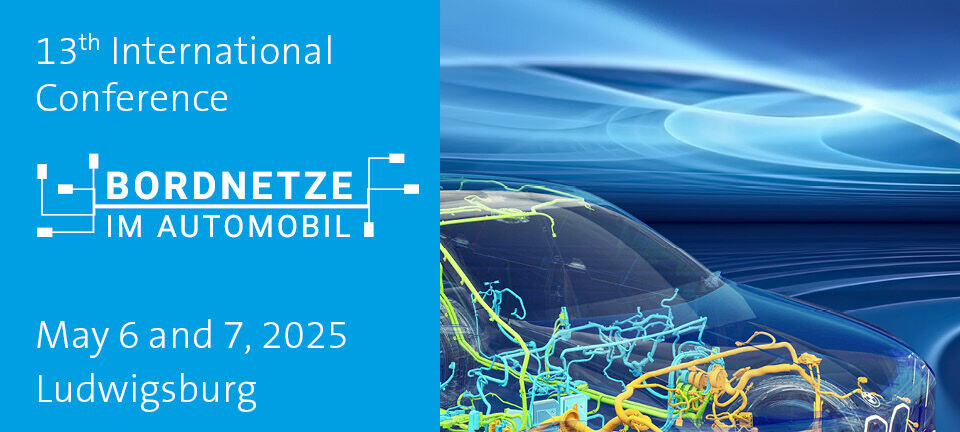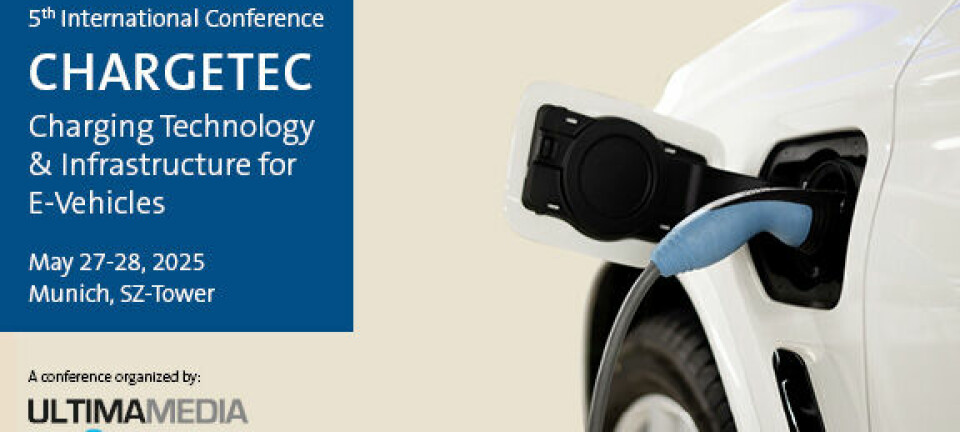“We need an industry-wide commitment to 48 volts”
Why is the switch to 48-volt electrical systems important now?
Ole Mende, Audi (left) and Bodo Specht, VW, during their presentation "Change in Electrical Systems: Time to Switch on 48V?" at the 12th "Automotive Wiring Systems" Congress.
Matthias Baumgartner
The tension is rising: VW and Audi are pushing the switch to 48-volt electrical systems. At the 12th Automotive Wire Harness Congress, Dr. Bodo Specht from VW and Dr. Uli Mende from Audi discussed the challenges and opportunities of switching to 48 V in the automotive industry.
The automotive industry is facing a massive upheaval in on-board networks. This was clearly conveyed by Dr. Bodo Specht from Volkswagen and Dr. Uli Mende from Audi during their presentation at the 12th Automotive Wire Harness: The time is ripe for the switch to 48-volt on-board networks. Why this is so, what the advantages of 48-volt technology are, and what challenges still need to be overcome, you will learn in this summary.
Why are we talking about 48-volt on-board networks in cars?
The discussion about 48-volt on-board networks is being held because the increasing energy requirements of modern vehicles are difficult to manage with traditional 12-volt systems. With each new vehicle model, the demands for power for driving functions, comfort, and other electrical consumers grow.
The 48-volt system offers higher performance and efficiency, which is necessary to effectively meet the increasing energy demand and support technological advancement in the automotive industry. "Functionalities are increasing, energy demands are rising, and architectures are becoming more complex. At the end of the day, these architectures also need to be powered," said Dr. Specht. The previous 12-volt systems are reaching their limits in terms of performance and efficiency.
What are the advantages of 48-volt technology?
The two speakers highlighted four main advantages:
- Higher energy efficiency: The higher voltage allows for lower current, which significantly reduces line losses.
- Better performance: 48 volts enable the integration of more powerful systems and components in the vehicle, which is particularly useful for advanced driving functions and energy demands.
- Cost and resource efficiency: Savings can be made in the long term due to smaller cable cross-sections and reduced material use, such as copper.
- Environmental and sustainability benefits: Less material consumption leads to lower CO2 emissions in production and operation due to reduced losses.
What are the challenges?
The most important questions and answers about the presentation
Why is the switch to 48 volts necessary?
The switch is necessary to meet the increasing energy demands of modern vehicles and to improve efficiency.
What advantages does the 48-volt technology offer?
Increased performance and efficiency, cost savings through reduced material usage, and a better environmental balance.
What challenges need to be overcome?
The adaptation of existing systems and the standardisation of new components are the biggest challenges.
What does the future of wiring system architectures look like?
In the long term, a fully 48-volt operating wiring system is aimed for, supported by zonal concepts and new energy distributors.
Dr. Mende highlighted the challenges of transitioning to 48-volt systems in the automotive sector, particularly regarding the adaptation of existing 12-volt control units. He emphasised: "The existing 12-volt control units represent a significant investment that we want to keep as small as possible." Additionally, extensive development work is required in the areas of electronics and control.
A successful introduction and broad acceptance of 48-volt systems also requires the development of standardised components and interfaces. The initially higher investments for the development and integration of these systems, as well as the need for market acceptance to enable cost-efficient production, are seen as significant challenges. It is therefore crucial that the industry develops a common strategy to achieve the necessary critical mass for efficient implementation.
What happens next?
The industry faces the task of setting the course for the widespread introduction of 48-volt systems through cooperation and standardisation. This involves further development of the systems, the creation of industry standards, and finally the broad introduction of the new technology in new vehicle models.
Dialogue and collaboration across company boundaries are crucial to overcoming the technical and economic challenges and fully exploiting the benefits of 48-volt technology. "We need a cross-industry commitment to 48 volts," said Dr. Specht.
This article was first published at all-electronics.de









